South Africa is known for its wildlife. However, cities like Pretoria have a wealth of attractions which have kept me enthralled and entertained every time I’ve visited. Who better then to share their thoughts on Pretoria’s best things to do than a confirmed lover of all things South African? Celebrating this incredible country has even become my day job!
Although just 40 minutes from Johannesburg by Gautrain rail, South Africa’s ‘Jacaranda City’ is a very different beast. It’s certainly more conservative in outlook than Jozi, but also arguably more attractive to explore. Not only are there a slew of impressive buildings, but also some 50,000 purple-bloomed jacaranda trees. Even when they’re not in bloom (in October and November), there’s still plenty to delight. From parks to museums, these are the 15 best things to do in Pretoria.
1. Freedom Park Heritage Site & Museum
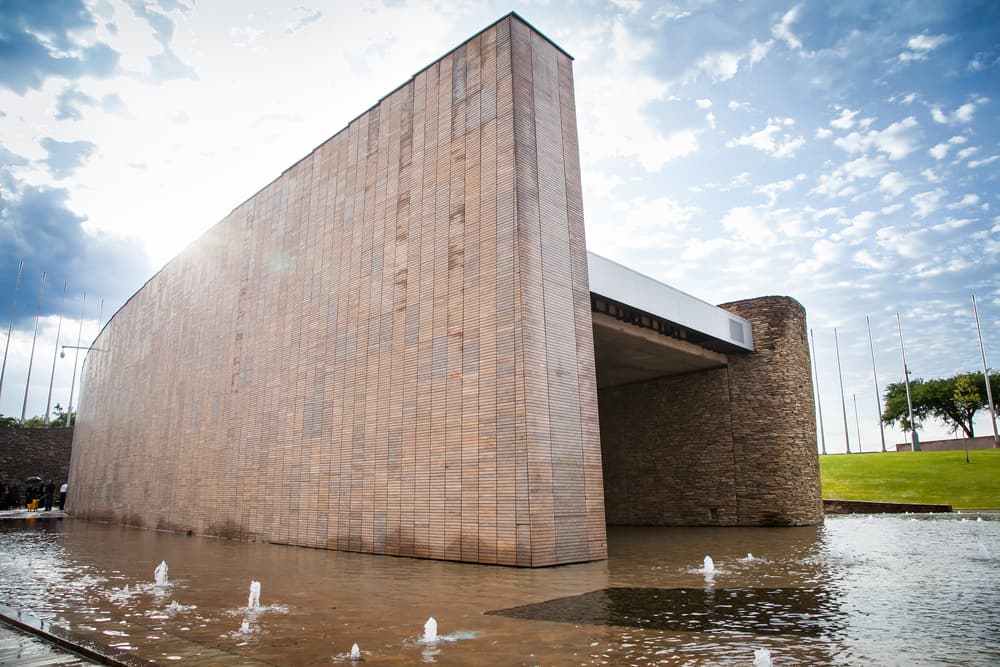 Source: Rich T Photo / shutterstock
Source: Rich T Photo / shutterstockNamed after the father of the first president of the former Transvaal Republic, Marthinus Pretorius, historic racial discrimination and the apartheid era looms large in Pretoria. Freedom Park was created as a way of honoring and remembering those involved in the struggle for democracy, alongside South Africans who died during the country’s wars.
The centerpiece of the park on Salvokop Hill is a simple ring of upstanding stones marking figures such as Steve Biko, killed by apartheid security agents in 1977. A peaceful place to ponder the beauty of Pretoria’s surrounding landscapes, Freedom Park also contains the ‘//hapo’ building. Here you’ll find a potted history covering no less than 3.6 billion years.
2. Union Buildings
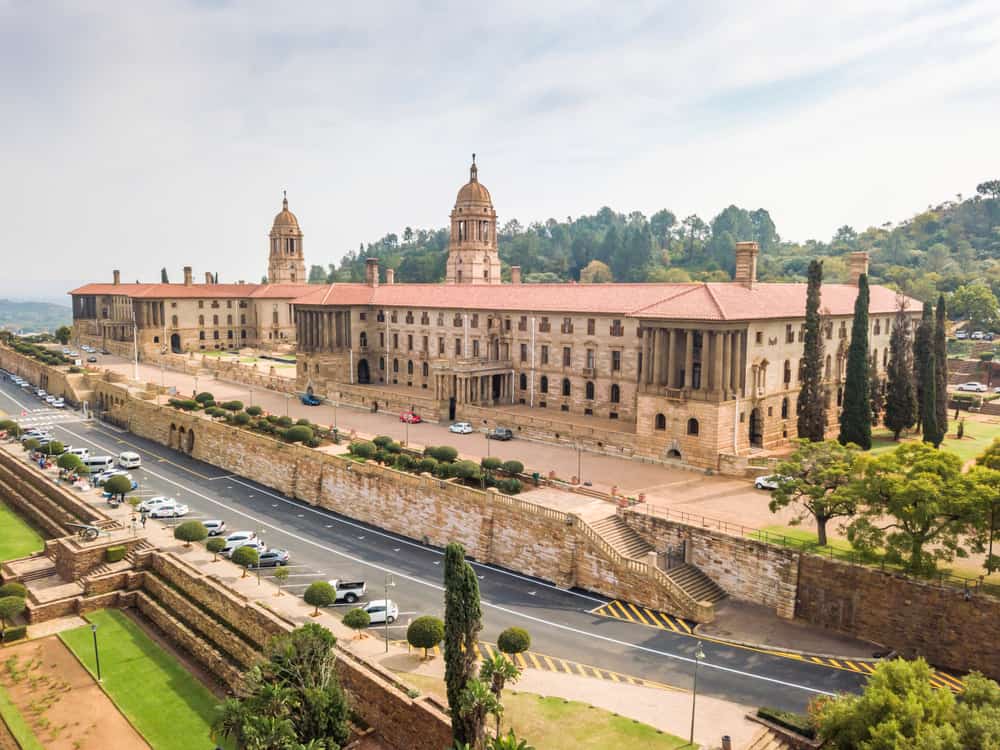 Source: Sopotnicki / shutterstock
Source: Sopotnicki / shutterstockThe Union Buildings are situated on another hill, Meintjieskop, overlooking Pretoria’s central neighborhoods. The offices of the South African president, Nelson Mandela’s historic inauguration as president took place here in 1994.
Today, the great man is honored with a literally larger-than-life bronze statue in the wonderfully maintained gardens. Open to the public daily, the gardens are a much-loved part of the city, used by locals, visitors, and even the occasional visitor to the president. Their heritage and significance to the country’s history makes a visit to the Union Buildings unmissable.
3. Pretoria Art Museum
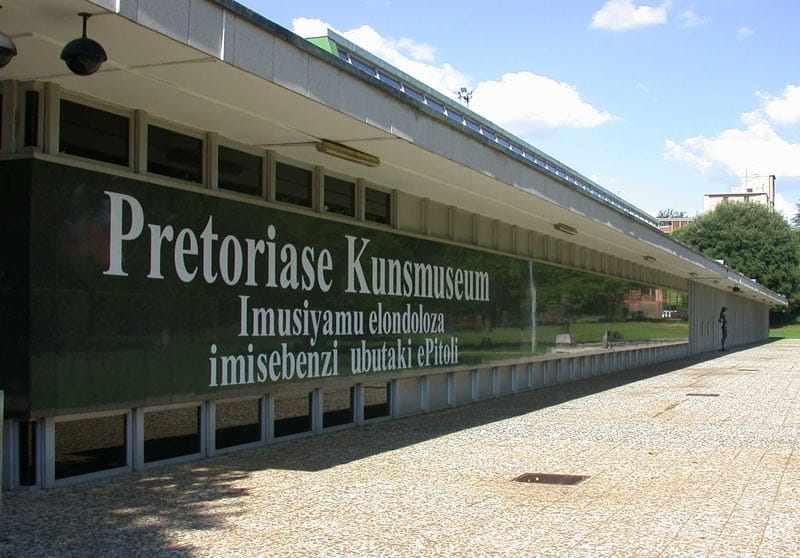 Source: Laurens / Wikimedia | CC BY-SA 3.0
Source: Laurens / Wikimedia | CC BY-SA 3.0The sleek, single-story lines of Pretoria Art Museum are the perfect backdrop to discovering one of South Africa’s most important art collections. Founded in 1930, the early items obtained by the museum mainly comprised 17th century artworks from Europe, as was common at the time.
Now though, Pretoria Art Museum has expanded its collections to include many of South Africa’s leading artists. Look out for landscapes by Henk Pierneef, sculpture by Anton van Wouw, and canvases by once-exiled painter Gerard Sekoto.
4. Church Square
 Source: Sopotnicki / shutterstock
Source: Sopotnicki / shutterstockFor the heart of historic Pretoria, make a beeline to Church Square (Kerkplein). A statue of another president of the Transvaal, Paul Kruger, sits on its central plinth. It was created by Anton von Wouw.
On the square’s edges stand a number of significant buildings, including the Palace of Justice, Ou Raadsaal, Tudor Chambers, and Old Netherlands Bank Building. The Palace of Justice is rich in Victorian detail, though the structure is perhaps best known for events inside. That’s because it was here that Nelson Mandela was tried during the Rivonia treason trial which led to his imprisonment for 27 years.
5. Pretoria National Botanical Garden
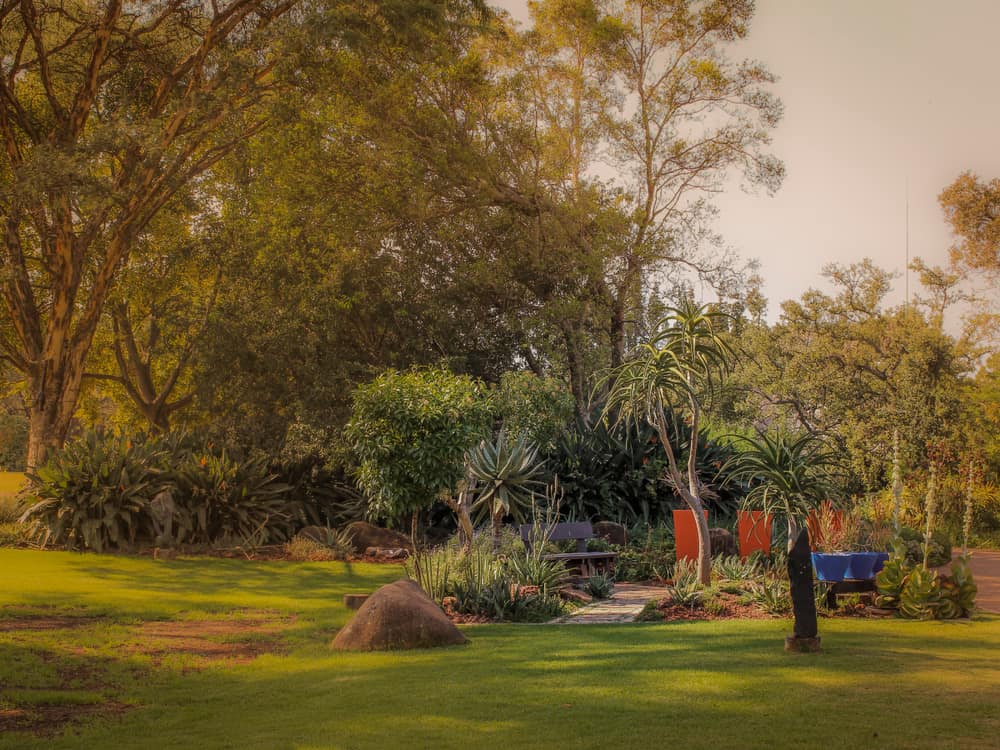 Source: Nomads Nature Photography / shutterstock
Source: Nomads Nature Photography / shutterstockA short distance east of Church Square, this is one of nine national botanical gardens in South Africa. Comparatively small in stature, with an area of 76 hectares, it still manages to span a huge variety of landscapes, covering succulents, wetlands, grasslands, and medicinal gardens. There’s also an arboretum, artificial waterfall, and a restaurant.
One of the best ways to explore is by following the short Dassie Walking Trail. Sightings of these cute mammals isn’t guaranteed, but joining it for even a small distance will put you within touching distance of a multitude of natural wonders.
6. Voortrekker Monument
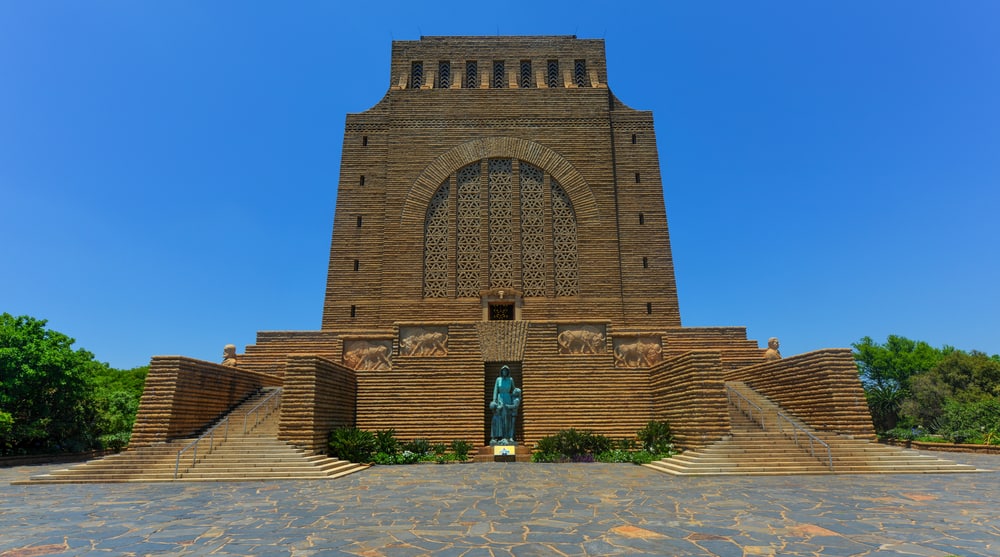 Source: Felix Lipov / shutterstock
Source: Felix Lipov / shutterstockThe Transvaal Republic formed after Dutch-speaking settlers to South Africa left Britain’s Cape Colony in the mid-1800s in order to live independently of Britain. Calling themselves voortrekkers (pioneers), but also known as Boers, their Great Trek is part of the founding story of South African colonization.
This huge monument, rising 40 meters, was built in the 1930s. Its interior includes the world’s largest marble frieze in the Hall of Heroes, which comprises 27 panels. There’s also a Cenotaph decorated with the flags of the Boer Republics, alongside artefacts from the Great Trek. Although this can all feel a little at odds with the modern rainbow nation, it’s a fascinating insight into the minds of these early European settlers all the same.
7. South African State Theater
Impressive in both size and scope, the South African State Theater is the largest complex of its kind in Africa. In a Brutalist architectural style of raw unfinished concrete, it contains six performance spaces, and is capable of seating 2,700 people.
The Theater’s long list of monthly shows and events is a who’s who of South African and international talent. Comprising everything from new plays to fringe festivals, it’s well worth checking out the latest schedules before arriving into Pretoria to see what’s on.
8. Ditsong National Museum of Natural History
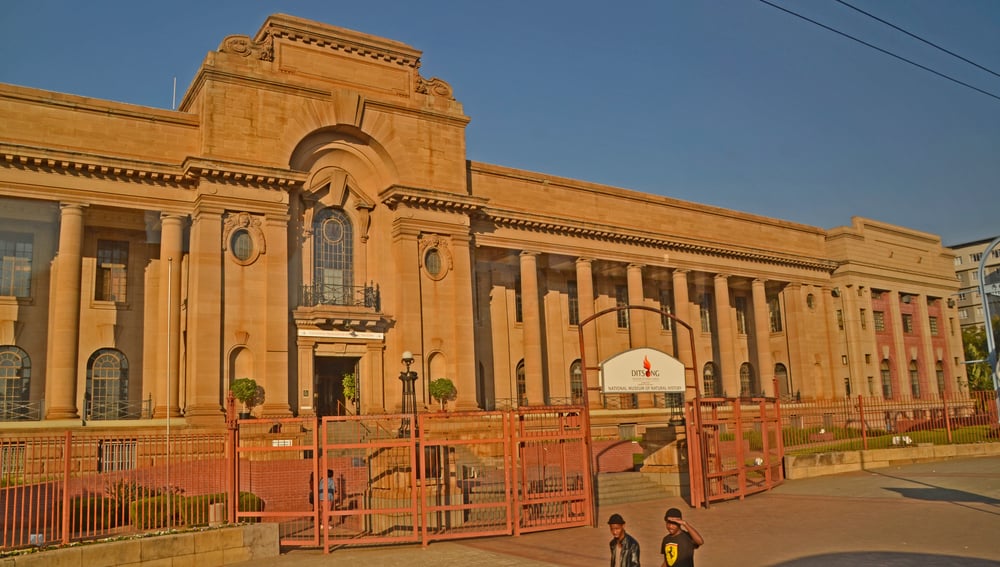 Source: Primi2 / shutterstock
Source: Primi2 / shutterstockThis natural history museum has the sorts of displays of taxidermy animals and cases of insects you’re probably already expecting. What makes the Ditsong National Museum of Natural History stand out among similar attractions is its vast fossil exhibits.
These include incredibly important hominid fossils from several sites within the nearby Cradle of Humankind UNESCO World Heritage Site, including Sterkfontein, Kromdraai, and Swartkrans. The star of the entire museum is a fossil known as Mrs Ples – the most complete skull of Australopithecus africanus ever discovered. Mrs Ples has been dated to around 3.4 million years old, and even made it onto a list of Great South Africans.
9. Hartbeespoort Dam Elephant Sanctuary
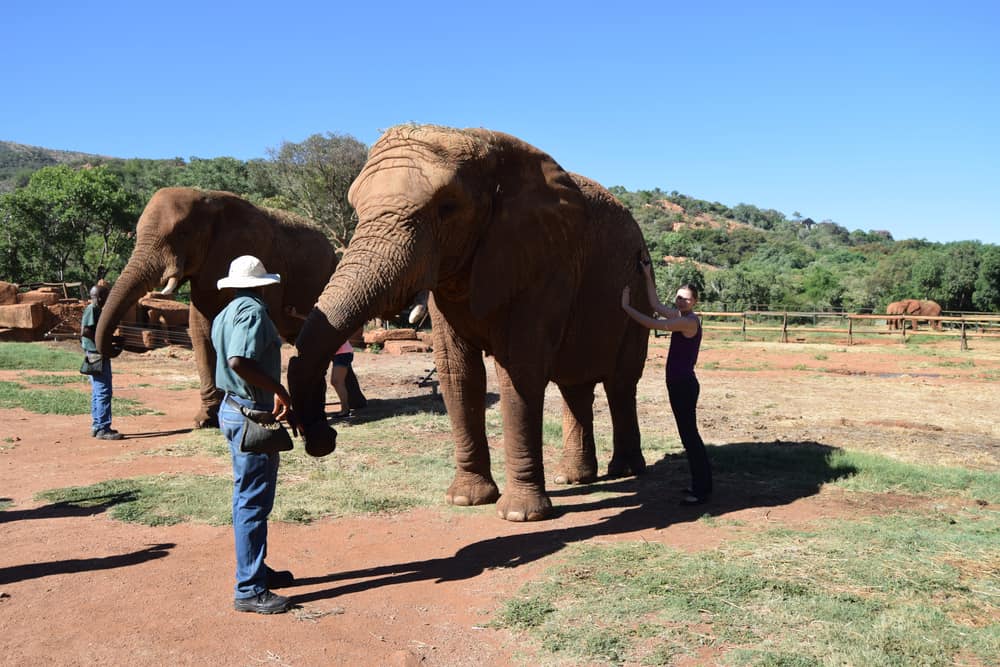 Source: The Woodheads / shutterstock
Source: The Woodheads / shutterstockHartbeespoort Dam Elephant Sanctuary is approximately an hour from central Pretoria by road. It provides a home for elephants which wouldn’t survive in the wild in any of South Africa’s famed national parks.
The sanctuary’s elephants are instead looked after by a team of caretakers. Guides also lead visitors through the sanctuary on foot three times a day. An activity only otherwise available in a handful of national parks in Africa, it allows visitors to really get close to these mesmeric creatures.
My tip – head to Hartbeespoort in time for the 8 am tour. You’ll not only find the elephants at their most active in the cool of early morning, but also get to join the caretakers in brushing them down.
10. Fort Klapperkop
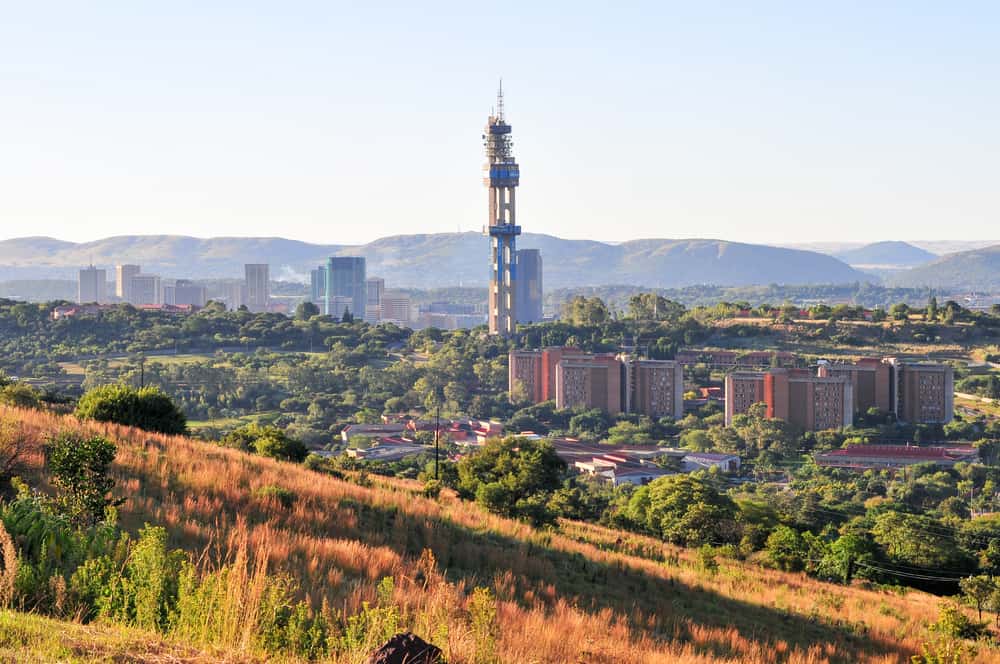 Source: Felix Lipov / shutterstock
Source: Felix Lipov / shutterstockFort Klapperkop was one of four defensive structures built to defend Pretoria against the British during the Anglo Boer Wars of the late 19th century. Dating to 1898, it’s one of the best preserved of Pretoria’s historic forts.
In addition to its long building and defensive bastions, Fort Klapperkop contains a dry moat and one of the large French-built guns known as Long Tom. Despite its perceived importance, the fort was only ever manned by 30 troops, and never fired a shot except in practice.
If you like your music as much as I do, Fort Schanskop might be the fortification for you, since it hosts an outdoor music festival at the end of most months.
11. Van Tilburg Collection
 Source: Andrew Hall / Wikimedia | CC BY-SA 3.0
Source: Andrew Hall / Wikimedia | CC BY-SA 3.0Housed in the Old Arts Building of the University of Pretoria, the Van Tilburg Collection spans a treasure trove of decorative arts. Alongside paintings, its collection includes furniture from the 17th and 18th centuries, as well as the largest collection of oriental ceramics in South Africa.
The latter includes vases from the personal collection of the Kangxi Emperor, who reigned from 1661 to 1722, and 550 pieces of Ming porcelain. Sadly, its small self-portrait of Rembrandt van Rijn was recently proven to be a fake.
12. Burgers Park
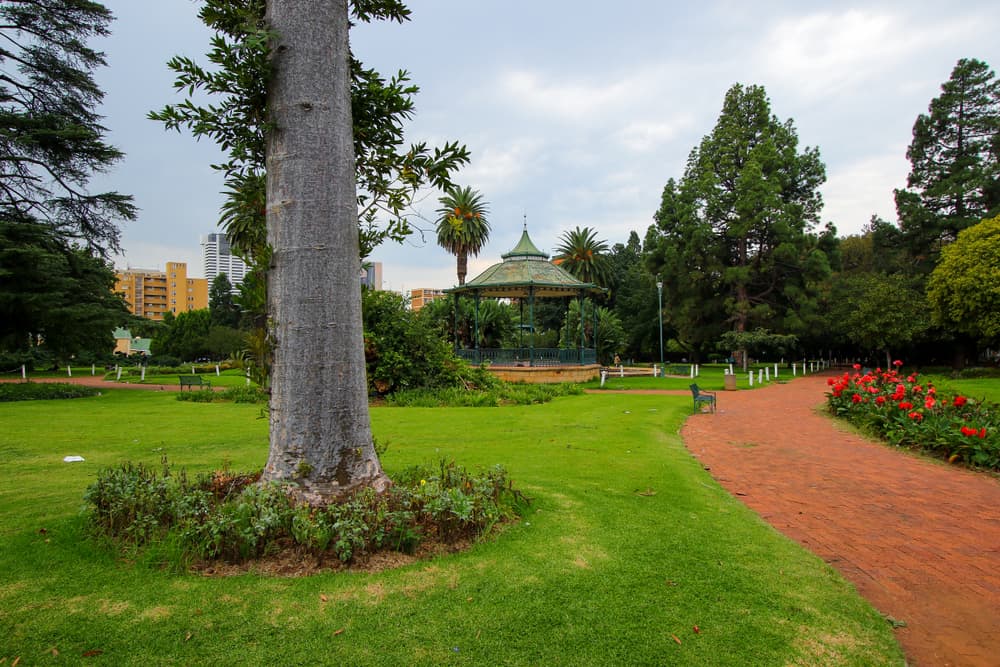 Source: Alexandre G. ROSA / shutterstock
Source: Alexandre G. ROSA / shutterstockYou’re unlikely to hear the words ‘do you want onions with that?’ at Burgers Park. Created in the 1870s, this historic green space is named after Thomas Francois Burgers, the fourth president of the Transvaal Republic.
Pretoria’s oldest public park, its wide lawns and curving paths weave between a smorgasbord of attractions, including a cast-iron bandstand, fish pond, and statue of Thomas Burgers. Just opposite is Melrose House, a museum with interiors detailing the shift between Victorian and Edwardian tastes. It also acted as the British military headquarters when Pretoria was occupied for 18 months from June 1900.
13. African Window
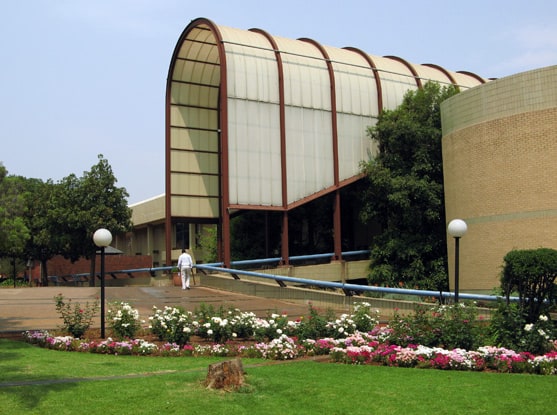 Source: Borisgorelik / Wikimedia | CC BY-SA 3.0
Source: Borisgorelik / Wikimedia | CC BY-SA 3.0The African Window is the name given to the building housing the Ditsong National Museum of Cultural History (DNMCH). With one of the broadest missions of any of Pretoria’s museums, its displays cover everything from Stone Age axheads to early Apple Macs.
Exhibitions comprise a mix of permanent and temporary displays, and looks after an estimated three million artefacts belonging to South Africa’s mix of cultural groups. If you’re short of time, head straight for the galleries containing San rock art thousands of years old.
14. Groenkloof Nature Reserve
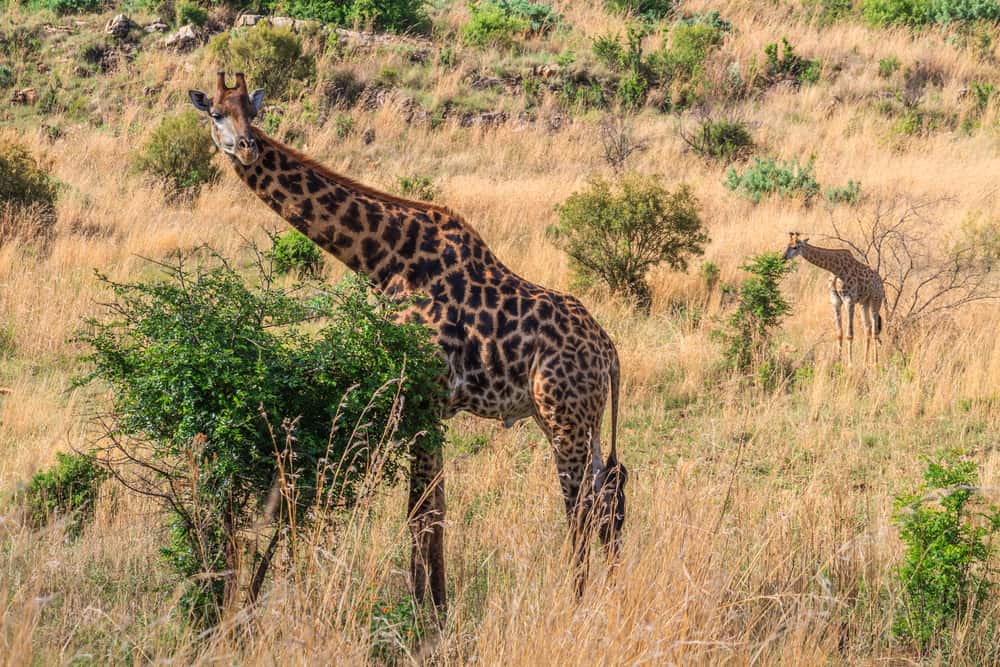 Source: Leo Kohout / shutterstock
Source: Leo Kohout / shutterstockOpen daily during daylight hours, Groenkloof protects the region’s endangered bankenveld flora. It’s located just 15 minutes south of central Pretoria, between the Fountains Valley resort and Waterkloof Golf Club.
Groenkloof boasts a range of typical South African animals, including kudu, blesbok, giraffe, and jackal. Free of any big cats, the reserve is popular with both cyclists and walkers. There’s a 20 kilometer off-road cycling route, and three hiking trails spanning 3.5 to 10.5 kilometers. That said, the short vehicle route is best for wildlife viewing.
15. Kruger House
 Source: Alexandre G. ROSA / shutterstock
Source: Alexandre G. ROSA / shutterstockSurrounded by modern tower blocks, Kruger House was the city residence of the Transvaal’s best-known president, Paul Kruger. One of the first buildings in Pretoria to get electricity, the house has been laid out with a blend of original and period furnishings, to show how the president would have lived.
The long partially-covered front veranda (or stoep) in particular was known as a spot Kruger liked to sit in. Exhibition halls depict his battle from freedom from the British of Cape Colony, while the grounds feature his presidential railway coach.
